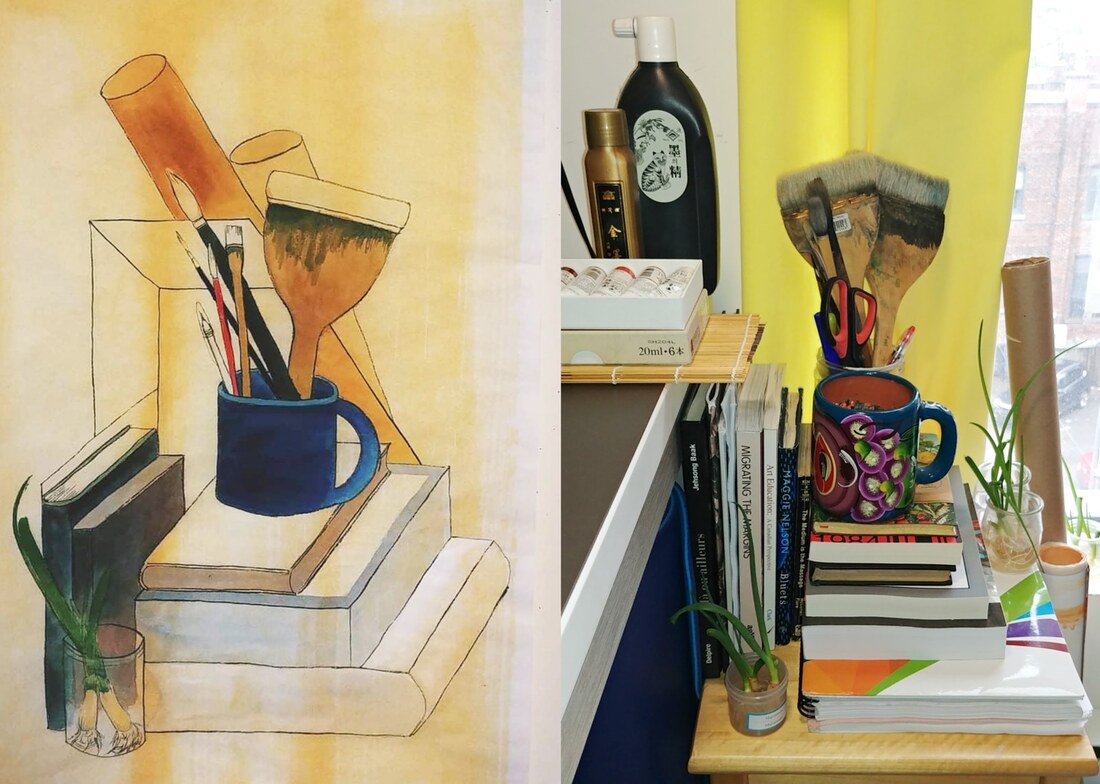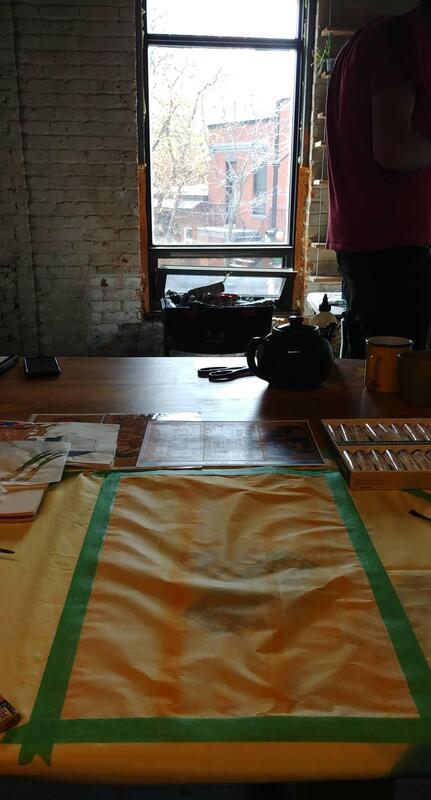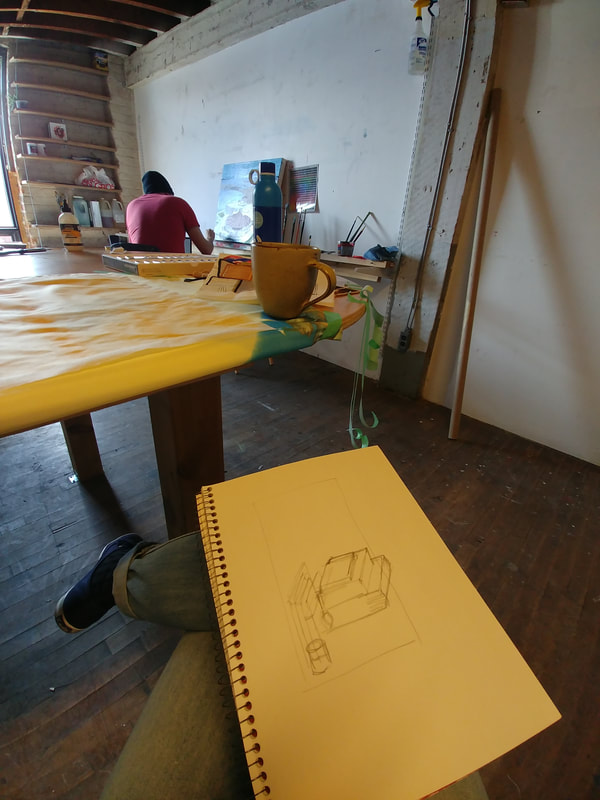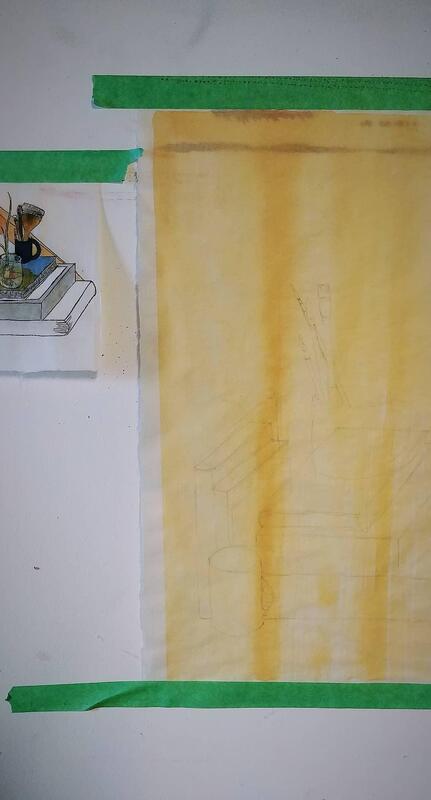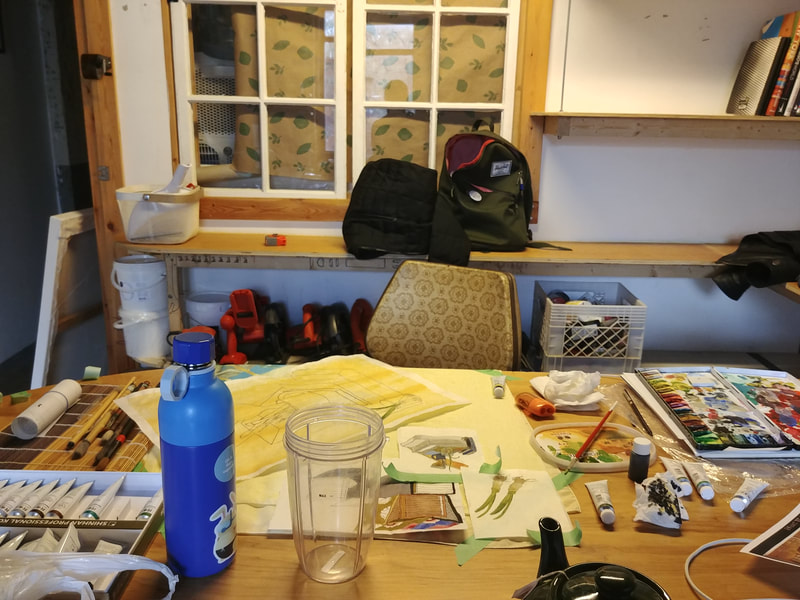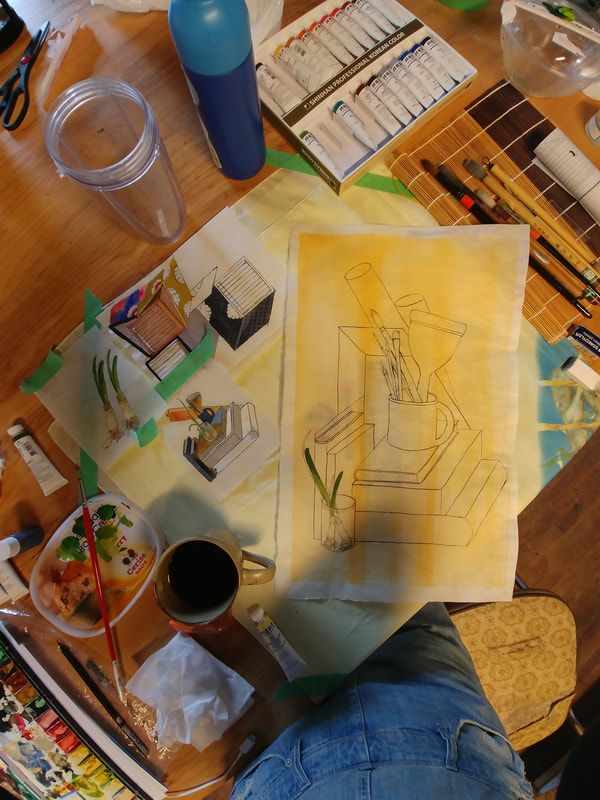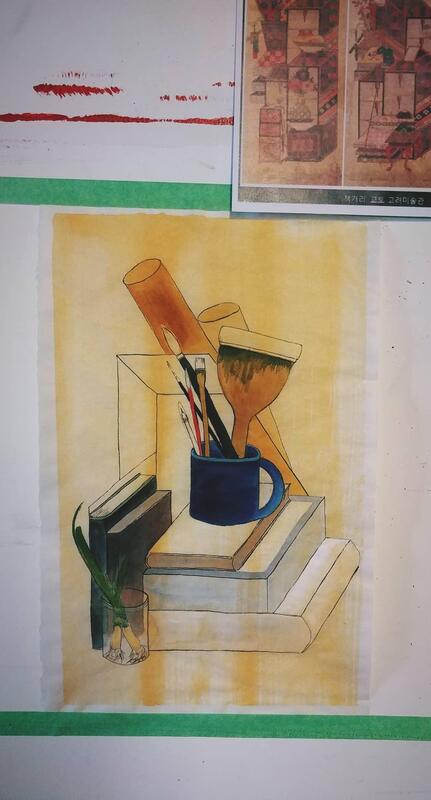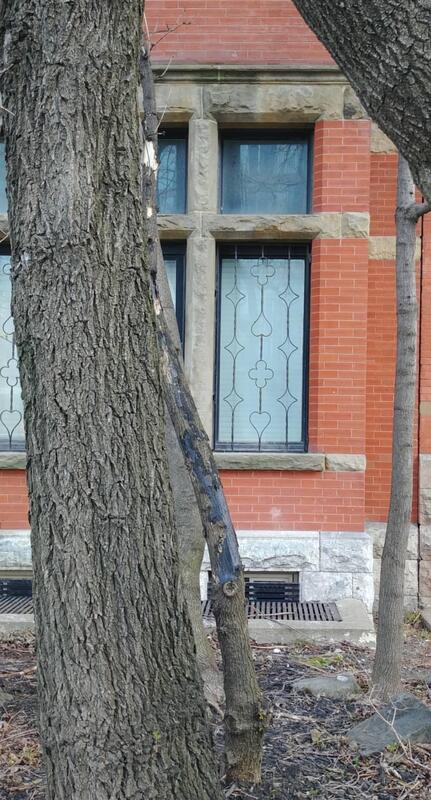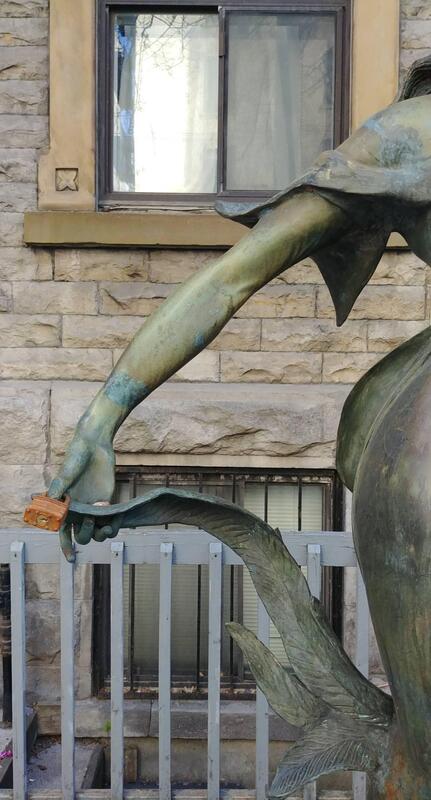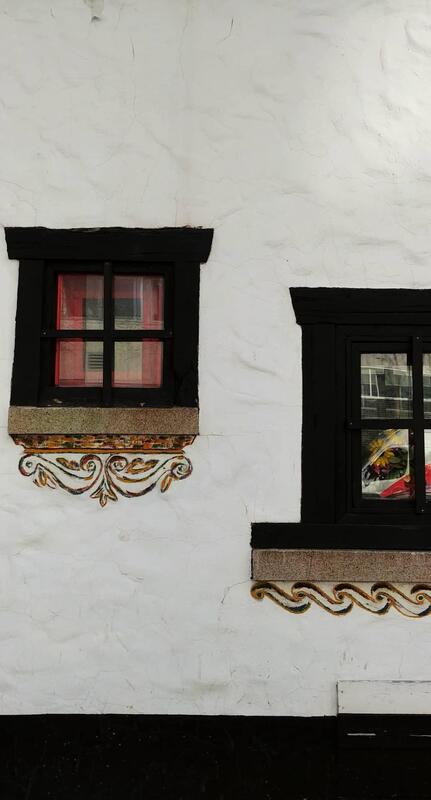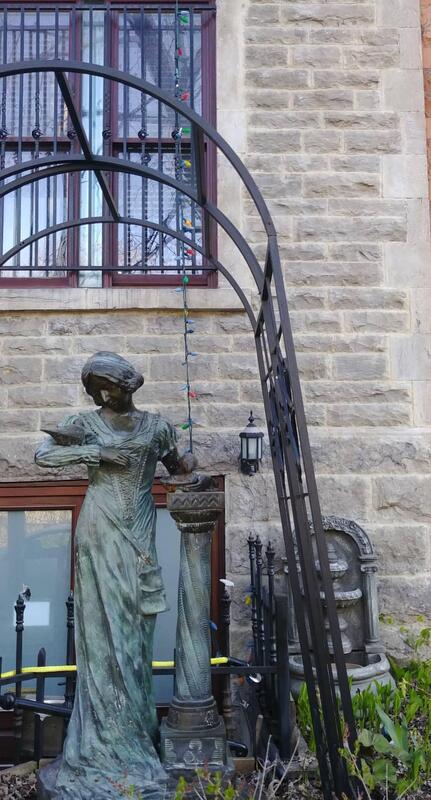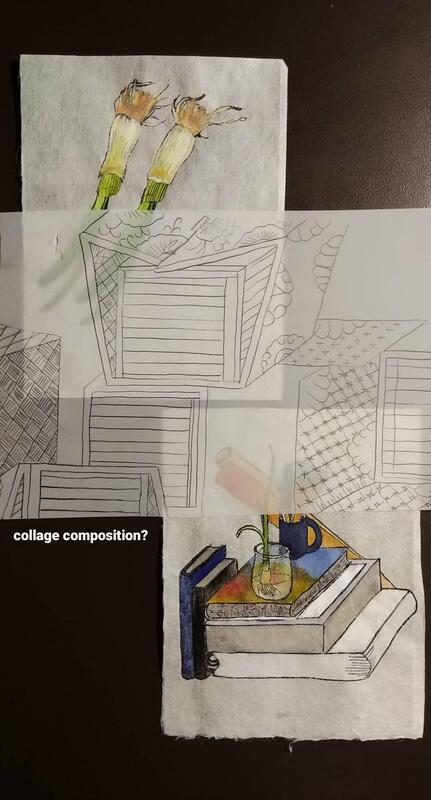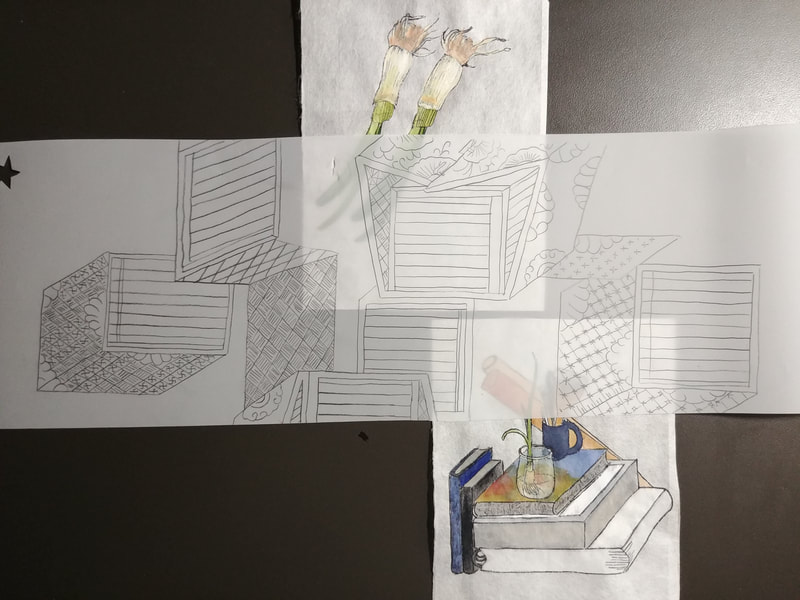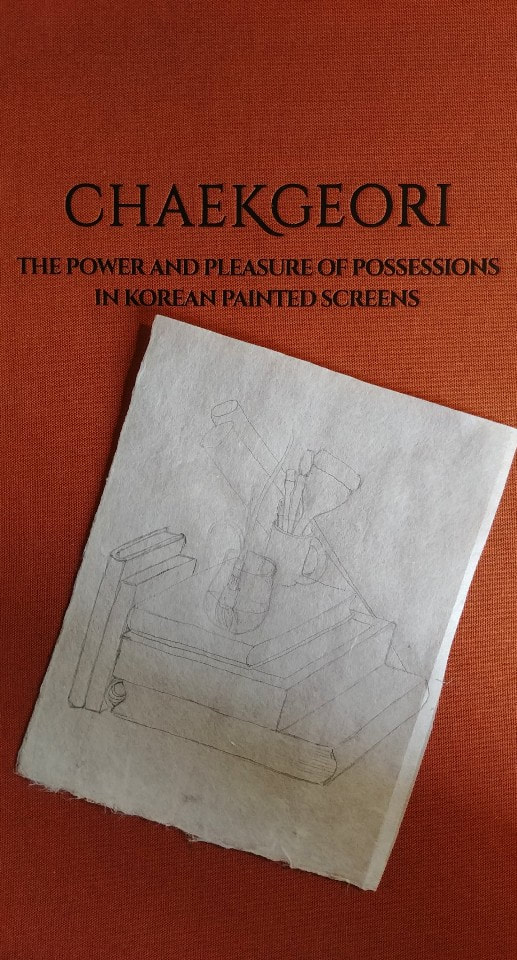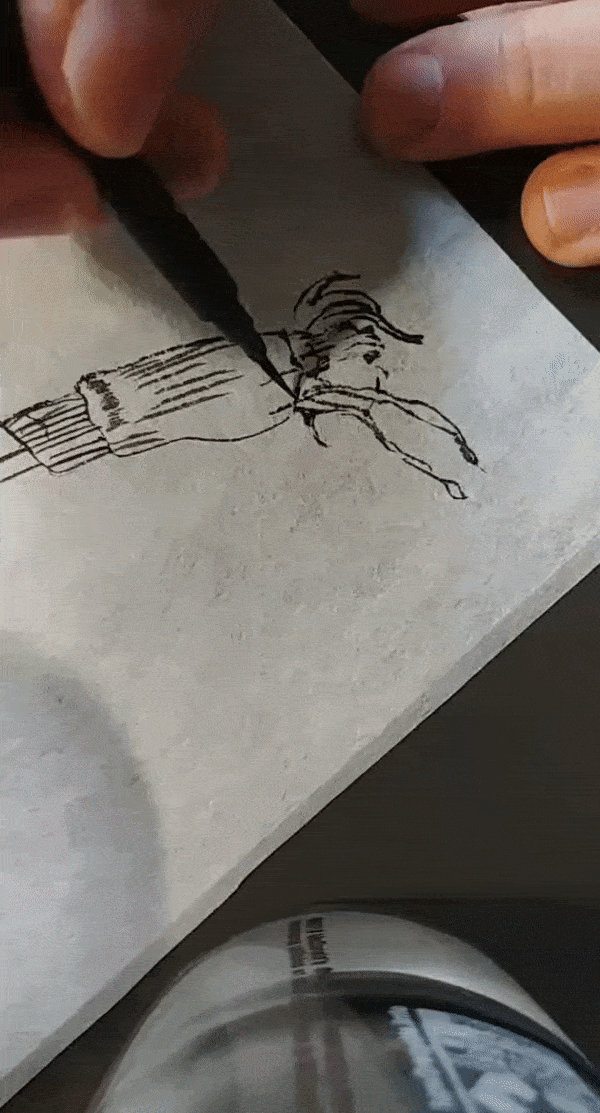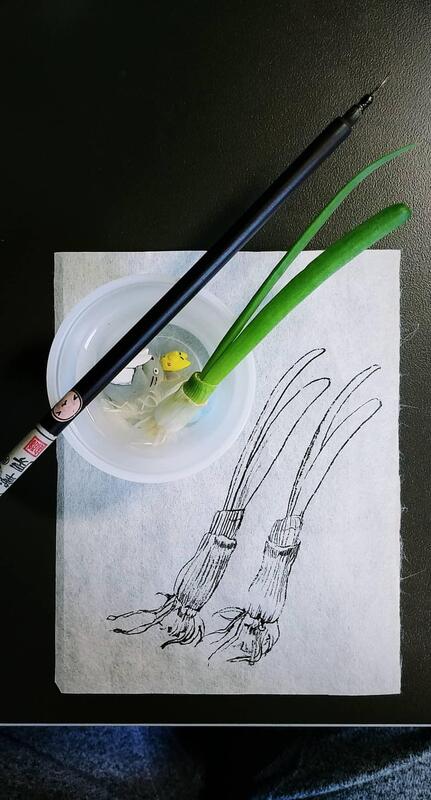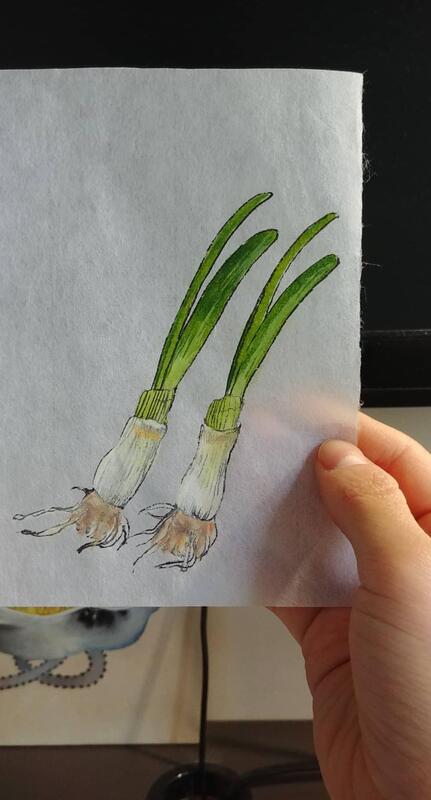|
Douglass, B. G., & Moustakas, C. (1985). Heuristic Inquiry: The Internal Search to Know. Journal of Humanistic Psychology, 25(3), 39–55. https://doi.org/10.1177/0022167885253004 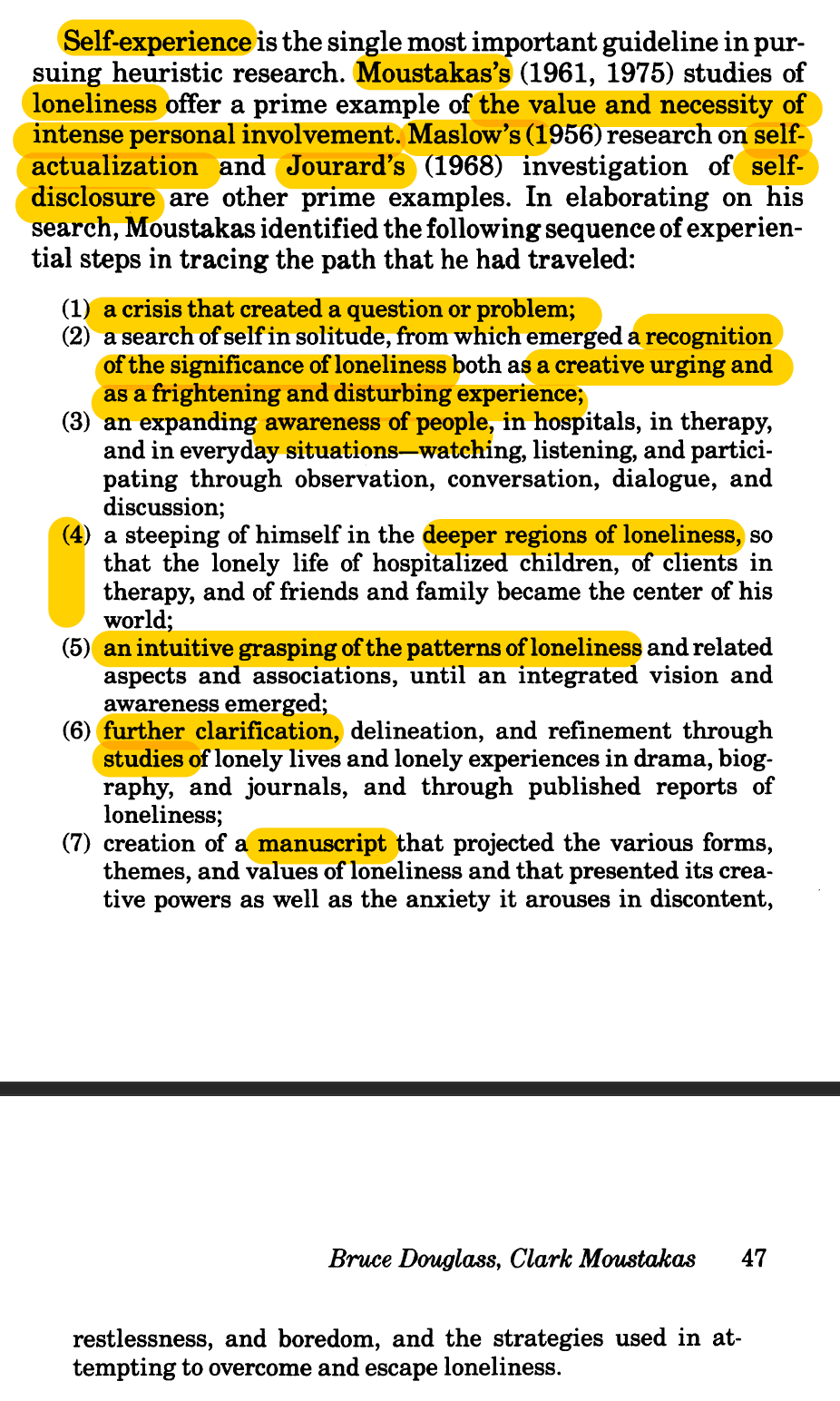 Independent Study Process
(Altered from above) 1.A crisis that created a question or problem (What does it mean to be alone amidst the covid-19 crisis as an artist and art educator in Montreal? How can this situation be used for creative exploration?) 2.A search of self in solitude: a recognition of the significance of feelings/emotions/loneliness as a creative outlet 3.An expanding awareness of people in everyday situations: observation, conversation, dialogue and discussion amongst others during this period in time 4.A steeping in the deeper regions of emotions through writing and creating 5.An intuitive grasping of the patterns of emotions/heuristic thinking 6.Further clarification through readings of similar concept (Moustakas, Nelson, Brindamour) 7.Creation of a manuscript/record of study (documentation of creation/journal/drawings)
0 Comments
Heuristic Inquiry: The Internal Search to Know (1985), Douglass & Moustakas
Step 1 - Process:
Step 2 - Immersion:
Immersion for heuristic thinking is:
"...more impulsive than deliberate, more a wandering than a goal, more a way of being than a method of doing.” (Douglass & Moustakas, 1985, p. 48) Fay, A. (2020, April 29). Loneliness is a modern invention. Understanding that history can help us get through this pandemic. Time. https://time.com/5828736/loneliness-coronavirus-history/
This article is in alignment with Moustakas's claims within his publication Loneliness and love (1961) when he differentiates loneliness anxiety (modern-made) with existential loneliness (inevitable). Fay claims that when tackling loneliness during covid-19, it is dependent on our perspective, as it is not always negative. I am learning through this independent study that aside from the negative emotions, there is also so much positivity and potential that cam emerge in being alone when we allow ourselves to experience solitude. We can unlearn negative biases and learn to appreciate, create and grow as individuals. Sculptures mimicking marble sculptures in front of run-down residence homes, ornate window frames, all mixed with hints of contemporary everyday life. I think inclusions of the mundane such as the padlock and the Christmas lights were so peculiar that they were the very reason why they caught my eye.
Video call with Stacey, whom I took part in the Red Gate Residency (Beijing) with. We exchanged our conceptual approaches to our body of work, and I found myself visualizing my sketches in physical collages. This idea was encouraged further by Kathleen at our weekly check-ins later in the day. Things are moving along..!
My possessions - books with traditional and modern binding, scallion in a glass jar, mug with a mix of traditional Korean painting tools and a single ball-point pen, and rolls of paper in the back.
The Japanese washi paper holds the paint much better, although the weight of the paper is still not quite right. Need to do further research into the specific type of mulberry hanji paper used in Korean minhwa paintings, but for now it will do.
|
Archives
July 2020
Categories
All
|
